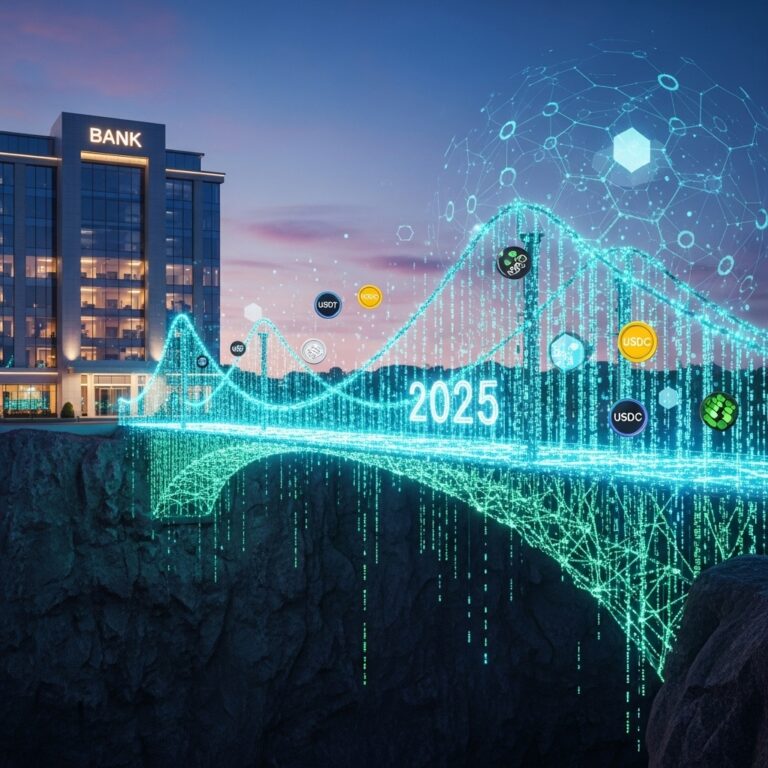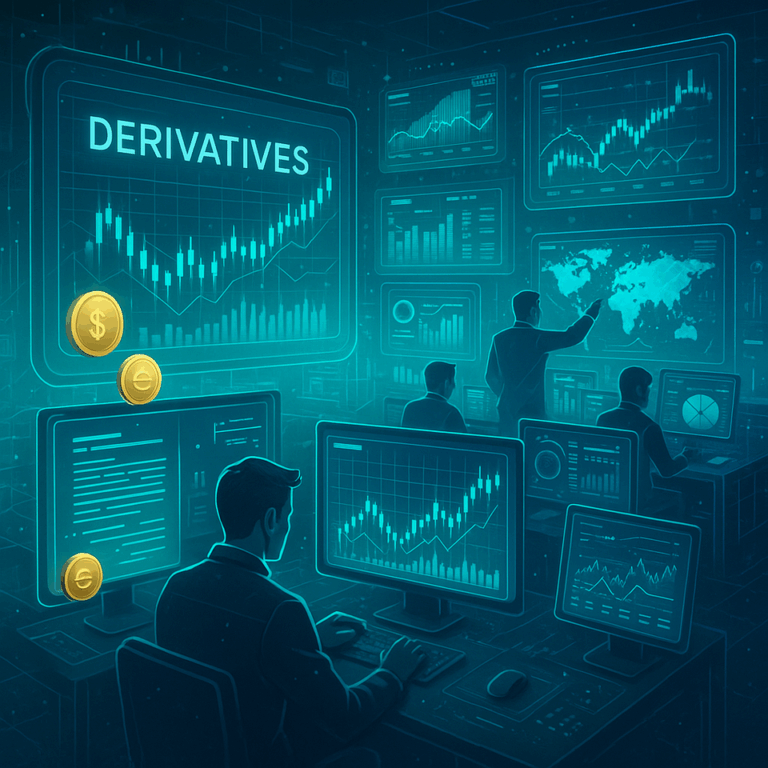In 2025, fintech (financial technology) is no longer an emerging novelty—it is now a central pillar shaping how individuals manage money, access financial services, and plan for their future. From digital payments and neobanks to AI-driven credit scoring and decentralized finance (DeFi) overlays, the evolution of fintech is redefining the personal finance landscape. This shift brings both opportunities and challenges: greater inclusion, speed, and access, but also new risks, regulatory questions, and ethical concerns. For readers seeking a deeper understanding of modern finance, this article offers a clear, neutral, and comprehensive overview.
The Core Pillars of Fintech Innovation
Digital Payments and Instant Transfers
The convenience of mobile wallets, QR payments, and peer-to-peer transfer platforms has exploded. In many regions, consumers now expect near-instant settlement, low or zero fees, and cross-border capability. Fintech firms and central banks alike are building infrastructure to reduce friction in global money movement.
Neobanks and Challenger Financial Institutions
Traditional banks face disruption by digital-only banks offering leaner operations, intuitive user experience, and lower fees. These institutions leverage cloud infrastructure and open banking frameworks to deliver personalized products without legacy constraints.
AI and Machine Learning in Credit and Risk
In 2025, underwriting and credit scoring are increasingly driven by machine learning models. These models analyze diverse data sources—transaction history, behavioral data, social indicators—to assess borrower risk more granularly than traditional credit bureau methods.
Decentralized Finance and Fintech Integration
DeFi protocols are being folded into mainstream fintech platforms, allowing users to bridge between conventional banking services and decentralized asset management. Users can deposit fiat, mint stablecoins, and access yield-bearing products—all within hybrid interfaces.
Impacts on Personal Finance and Consumer Behavior
Enhanced Financial Inclusion
Fintech lowers entry barriers: people in underbanked or historically excluded regions can now access payments, credit, and savings tools from their smartphones. This expansion is encouraging stronger savings habits and entrepreneurial activity.
Data-Driven Personalization
With fintech, financial products adapt to individuals. Pricing, rewards, and services are increasingly calibrated to a user’s behavior, life stage, and risk profile, rather than broad demographic categories.
Speed, Transparency, and Trust
Automated systems speed up services—loan approvals, KYC verification, claims processing—while blockchain and audit logs enhance transparency. These qualities help build trust in digital financial providers, especially in regions where conventional institutions have underperformed.
Challenges, Risks, and Ethical Considerations
Privacy and Data Protection
Fintech relies heavily on user data. Ensuring secure handling, proper consent, and regulatory compliance (e.g. GDPR, equivalent laws) remains critical. Misuse or breaches can erode trust quickly.
Algorithmic Bias and Fairness
Machine learning models may inadvertently reflect historical biases or inequities. Fintech firms must audit and refine models to prevent discriminatory practices in credit scoring or pricing.
Regulatory Fragmentation
Global fintech innovation often moves faster than regulation. Differences in jurisdictional frameworks (licensing, consumer protection, anti-money laundering) create compliance burdens and uncertainty.
Financial Literacy and Overextension
Easier access to credit and investment tools may tempt over-leveraging. Without proper education, users may take on excessive debt or risky strategies beyond their understanding.
Trends Shaping the Next Phase of Fintech
Open Banking Ecosystems
By 2025, many markets have adopted open banking standards, enabling interoperability between financial institutions, fintechs, and third-party services. Users can aggregate accounts, share data, and switch providers more fluidly.
Embedded Finance
Fintech services are being embedded into non-financial platforms—retail, ride-sharing, e-commerce—making financial services seamless parts of everyday apps. This integration blurs the lines between commerce and banking.
Tokenization of Financial Products
Assets—ranging from real estate to private equity—are increasingly tokenized. This innovation allows retail access to previously illiquid assets through fractional ownership, improving diversification options.
Sustainable Finance and Green Fintech
Fintech is also aligning with ESG principles: platforms now offer “green credit” products, climate risk scoring, and investment options that integrate environmental impact metrics into financial decision-making.
Conclusion
Fintech in 2025 is redefining personal finance with speed, personalization, and expanded access. Digital payments, AI-driven credit, embedded finance, and tokenization are transforming how individuals manage money. Yet with these advances come serious responsibilities: privacy protection, algorithmic fairness, regulatory alignment, and consumer education. As the fintech revolution continues, the winners will be those who balance innovation with trust, and utility with ethical integrity. The future of personal finance lies not only in what technology can offer—but in how well it is governed, understood, and deployed for shared benefit.







